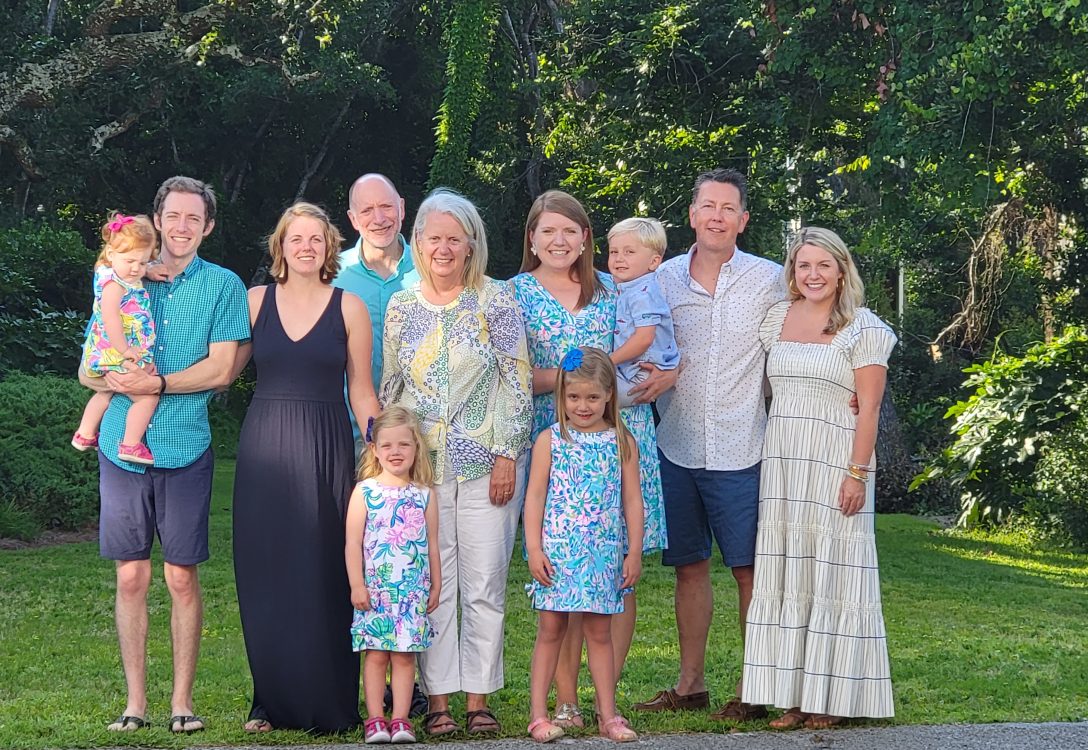I don’t believe either of us had trouble sleeping on our first night on the ship.
Early riser that I am, I found my way around the tiny cabin without stumping a toe or noisily clunking into something. I was working my way toward the sliding door where our small balcony was starting to show the first signs of light over the Pacific.
This first light was the color of the flesh of a fully ripe summer cantaloupe. A few clouds were near the brightening light, and hills were etched out like an artist had used pen and ink to trace their smooth edges.

The time on the phone noted 6:30 a.m. By 8:30, we were to boarding for an excursion to the Haleakala Crater.
I continued to watch the movement of the ship as we came into this commercial port for docking.
In the cabin next door were our friends the Sherrills, and at some point our early morning curiosity had connected us on our respective balconies for a good morning and comments about the sights.
Soon, we were ready to find our way to breakfast. Without any wrong turns, we found a big dining hall. The room was loaded with multiple food options and tourists just like us trying to figure what to eat and where to sit. We managed, and this was followed by hustling back to the room to make sure we were ready for our excursion departure.
We cleared the security check, and proceeded to the waiting area for our bus and driver. Following instructions from Norwegian personnel, we were soon in a line and boarding the bus.
Our tour guide was named Dino. He was an all in one package—the driver and the guy with the knowledge about our trip. During the course of the week, we found that all of the guides had a story about how they had arrived on Hawaii. Dino was soft spoken and low key, but he was knowledgeable about the area as he drove us toward the crater.
Agriculture was an early topic, and we learned how the sugar cane economy is gone. Pineapples are still around, but we saw groves of avocado and citrus trees.
The landscape began a gradual transition as we started the climb toward Haleakala National Park.
Dino shared with us that real early risers can make a reservation through the National Park Service to see what must be spectacular views of the sunrise.
One thing Dino cautioned us about was the change in temperature that we would experience. He was correct. For the area we were in, one source recorded the high temperature for January 28 as 52 degrees and the low was 39 degrees.
We made an initial stop at the park’s headquarters and visitor center. The elevation here was 7,000 feet, and as soon as I stepped off the bus, I could feel the change in temperature with a bit of wind in the bright sunshine.
All around us were pretty views and interesting plant life. We noted the Haleakala silverswords.

We re-boarded the bus, and drove toward the visitor’s center for Haleakala Crater.
The elevation at our next stop was 9,000 feet. The difference here was the wind. It was intense.
We had all dressed in layers, but the wind was a cutting wind. The layers weren’t much help. But the cold air and biting wind didn’t matter, the remarkable scenery captured us.
I don’t know that I ever viewed such a landscape. It rolled and dipped, rose and fell. Rock and hills of all shapes and contortions were all around us. The puffy tops of clouds formed a layer covering a valley beyond the hilltops.

The tough terrain was painted in varying shades of gray, onyx, rust, coffee, faded khaki, and those tones were cast in every direction.

We countered the wind with the exterior design of the visitors center, and marveled more at the madness found in nature’s sculptured topography.
And at the agreed upon time, Dino rounded us up. With everyone present, we started making our way back down via a winding road.
Dino continued his obligatory chatter as he retraced his turns to bring us safely back to the ship.
Before re-entering the ship, we had to again clear security. We had no hiccups, and our group agreed on meeting at the Cadillac Diner for lunch. The temptation was their milkshakes. While we patiently persevered the less than adequate service, the milkshakes were a hit.
Napping, more exploring the ship took up the remainder of the afternoon.
It is amazing to me that geologist have figured out how a volcano formed out in the middle of the Pacific Ocean.
The eruption of hotspots in the Pacific Plate is the pivotal first step. Over time, these volcanoes are moved away from the hotspot to the Aleutian Trench. At that point, the plate sinks into our planet, Earth.
I’m not smart enough to fully understand these important discoveries, but I sense that if we continue to be careless and reckless with our planet, we will eventually destroy it, and all of Earth’s unique beauty.
If we are clever enough to build this massive ship to tote people out into the middle of an ocean to see these beautiful and fragile Hawaiian Islands, then we need to be even smarter and more determined than ever to protect them.












